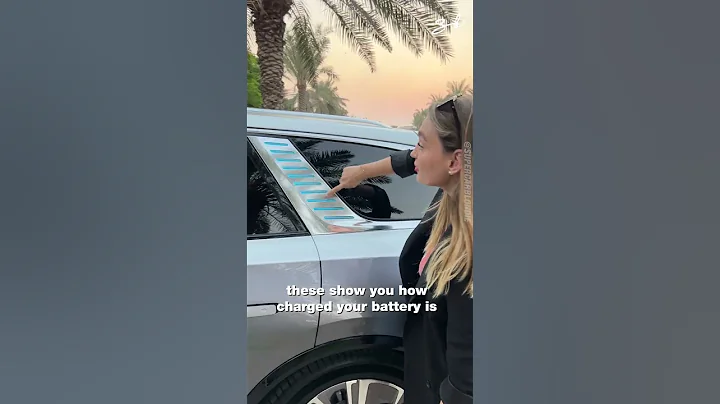"Crash test" itself is an important means to verify the safety performance of a vehicle. Its core purpose is to evaluate whether the vehicle can protect the safety of the members and pedestrians in the vehicle at a dangerous moment. It has a positive effect on the car users and every traffic participant. significance. However, in this saturated market, there are always some unexpected collision conclusions that can earn extra attention and attention, such as the persistent "Corolla and Sagitar crash test."

The specific content of the video will not be repeated here, the important thing is the result: Corolla, who has obtained the "Double Material Excellent Student" in China Insurance Research Institute and IIHS, turned over in a certain "photo studio" in Beijing. According to the host’s original words, Corolla lost to Sagitar. Let's put aside this result for the time being. What is strange is the whole argumentation process. As a car editor who has some professional knowledge, I have never figured out how Corolla lost.

After a magnificent collision, the host spent a lot of words to introduce the degree of damage to the two cars, and finally came to the conclusion that "the collapse of Toyota Corolla is more obvious."
Here is the problem of stealing the concept. Is it reasonable to evaluate the safety of the vehicle by the degree of damage to the vehicle? We all know that in a professional crash test, one of the scoring items is the "maintenance economic index", which represents the maintenance cost of the vehicle after a collision. The higher the index, the cheaper the repair.
Coincidentally, Mercedes-Benz, BMW, and even Volvo-related models scored very low in this category. Instead, the Passat, who participated in the China Insurance Research Institute for the first time, was very high. That's right, it's the Passat with the bent A-pillar. This shows that in traffic safety, although the degree of damage to vehicles has reference value, the degree of importance is far lower than that of human life safety.
In contrast, now that the data on the dummy after the collision between Corolla and Sagitar has not been released yet, the organizers have come to this conclusion, are they evaluating the maintenance economic index?

In addition, the program team believes that the Corolla's front is severely collapsed, the A-pillar is deformed, and there are obvious gaps at the door hinges, which are more serious than the Sagitar. But in fact, this is also the difference between the two technical routes.
The Volkswagen MQB platform and Toyota's TNGA architecture have different treatment strategies for energy absorption.Sagitar or Volkswagen cars are generally good at "attack", not just the Passat, all Volkswagen models have very little maintenance costs during low-speed collisions. Relatively speaking, Corolla's "defensive" structure focuses on internal protection.
That is to say, Corolla loads all the "strength" on the body to protect people in the event of an accident. In Toyota's view, human life is above everything else.

At the same time, the current tests of real professional institutions, such as IIHS, China Insurance Research Institute, and NCAP, are using "car personnel and pedestrian protection" as an important indicator in the collision test link, and active safety configuration is also included in the evaluation. standard. And this one, there is no active safety test competition, and the second "private test" without core data is obviously not so compliant. This is an objective fact that cannot be denied.
So the question is coming. Do you dare to believe the safety conclusion drawn in this way?
.










